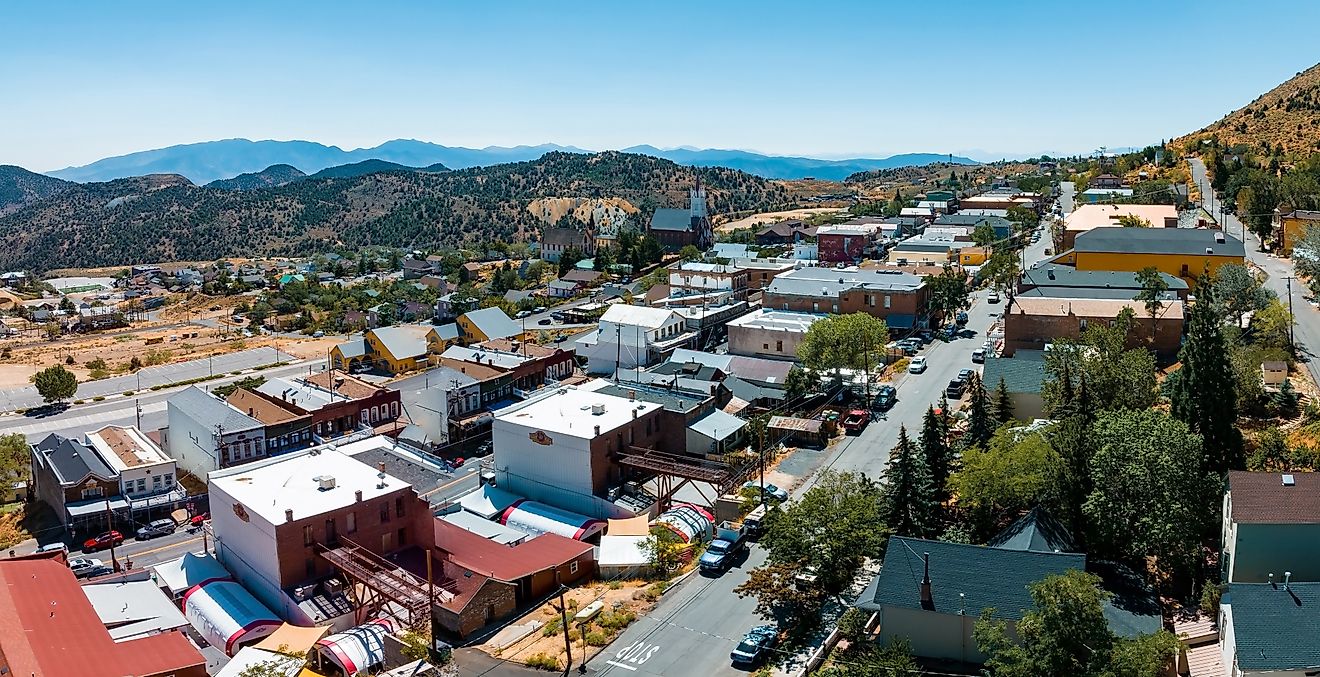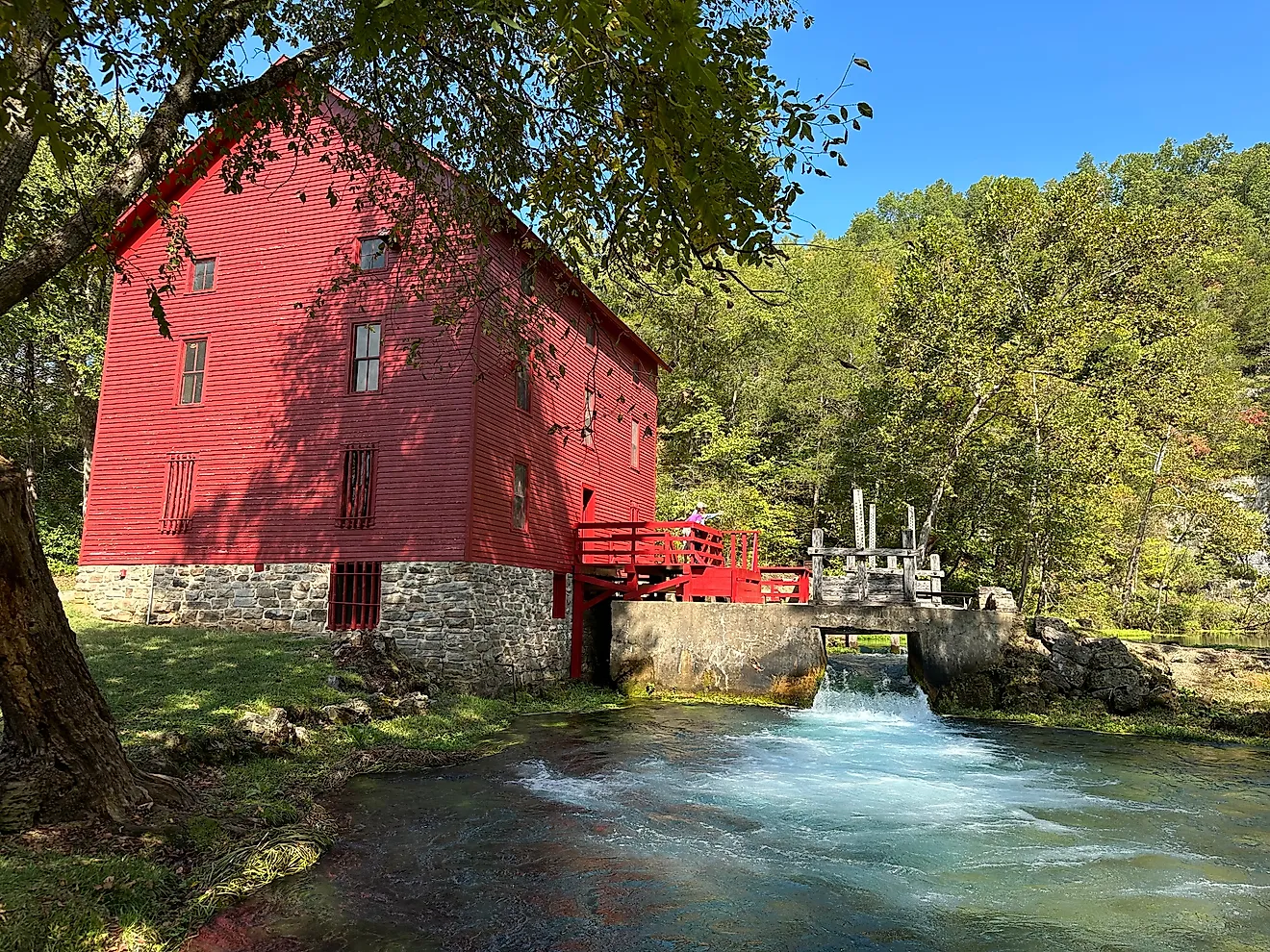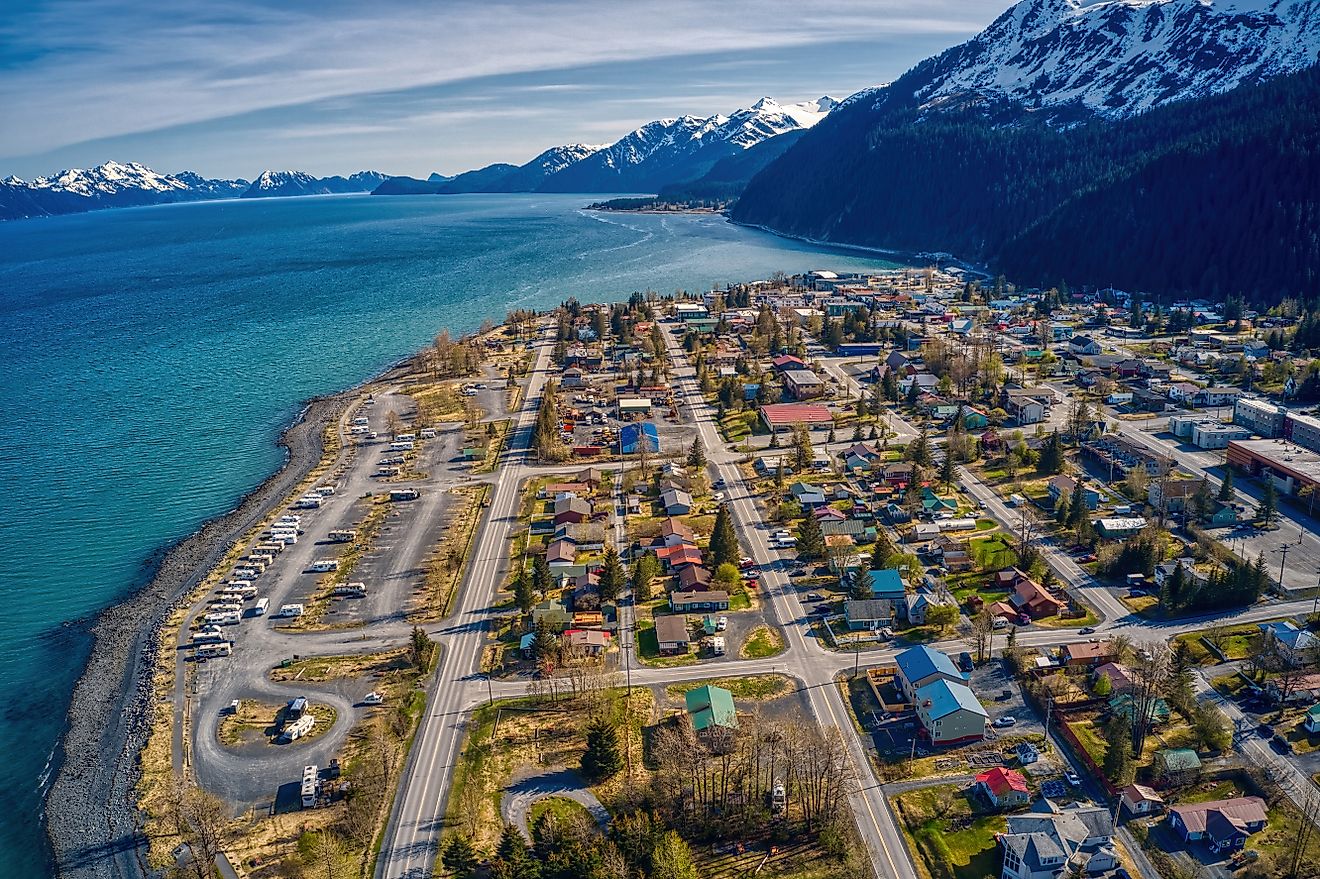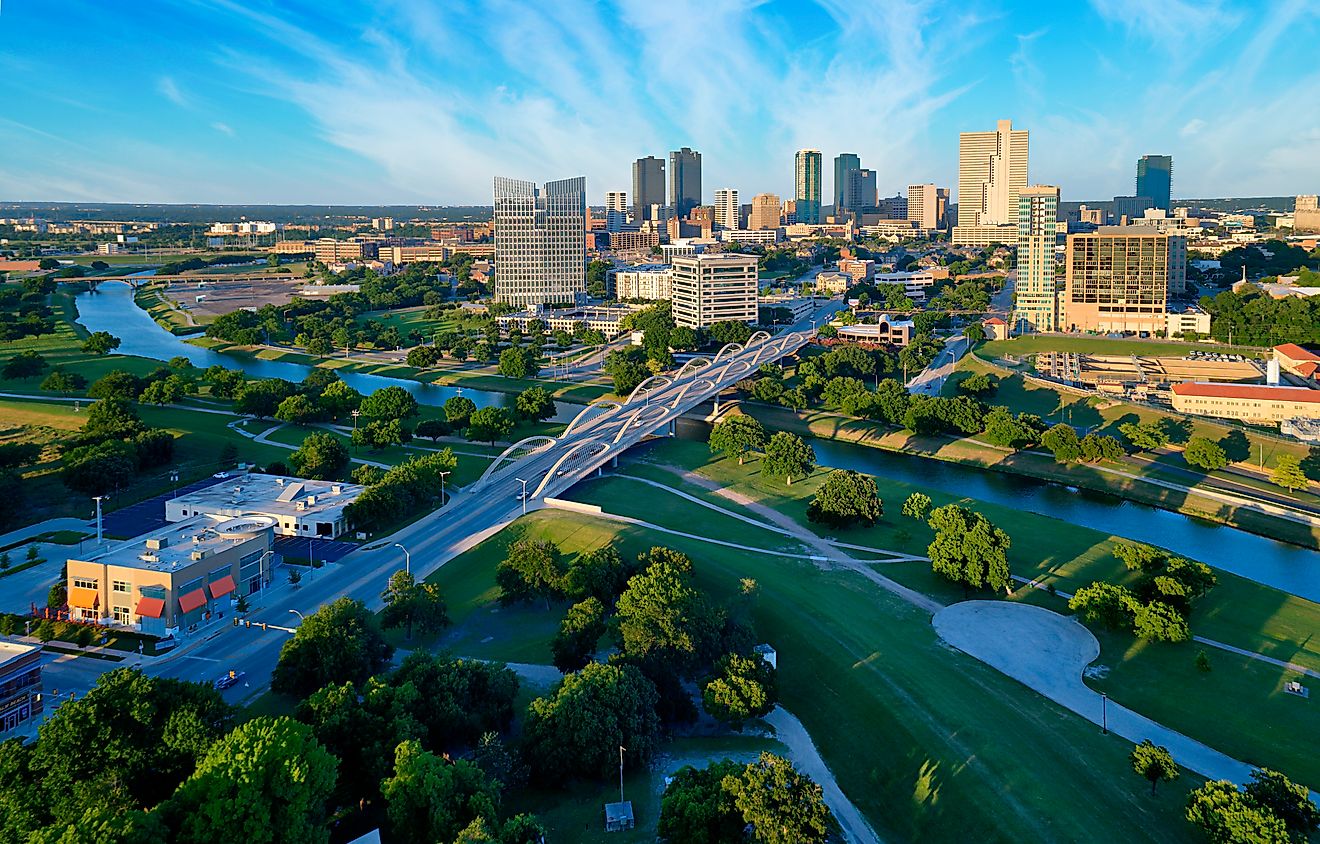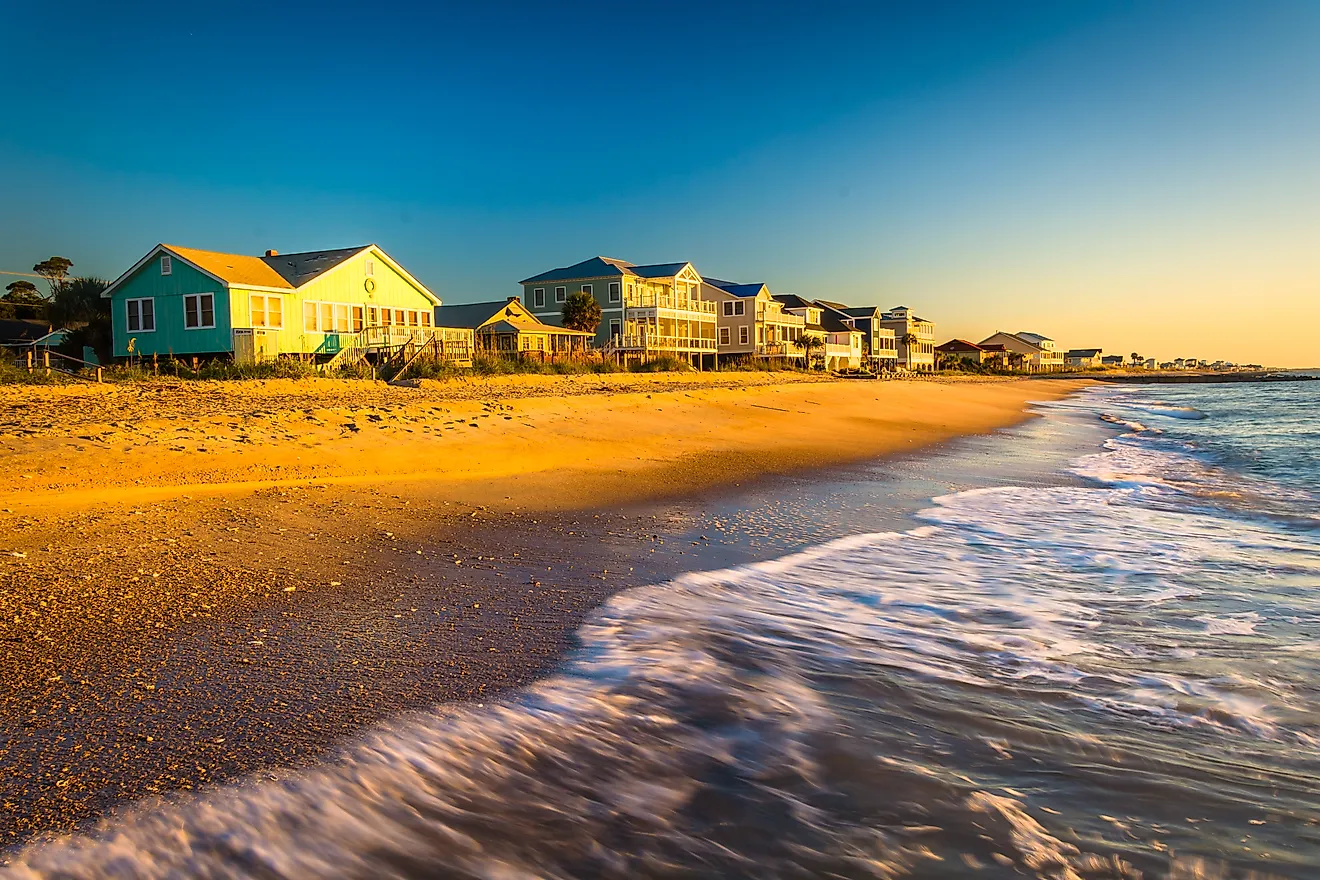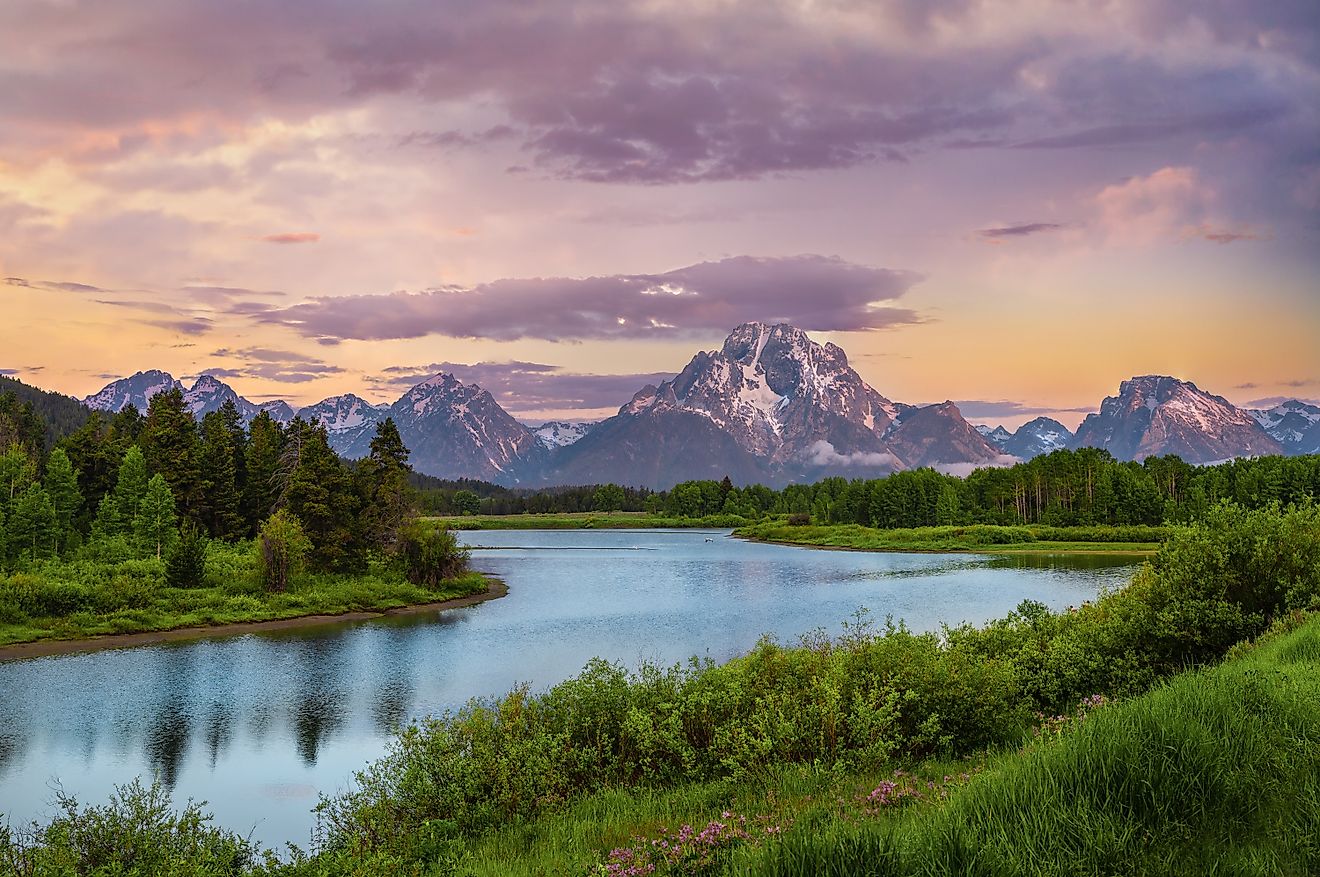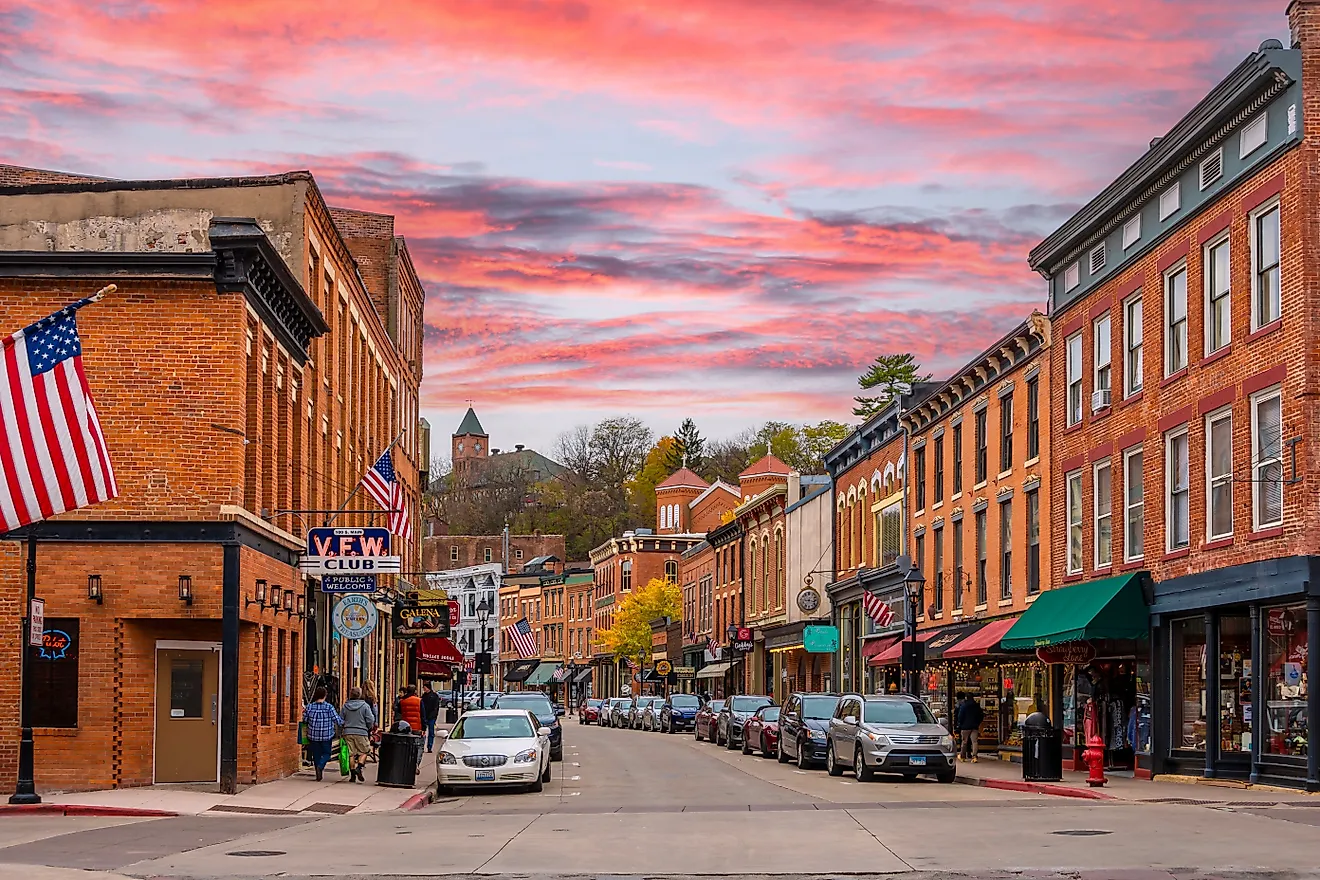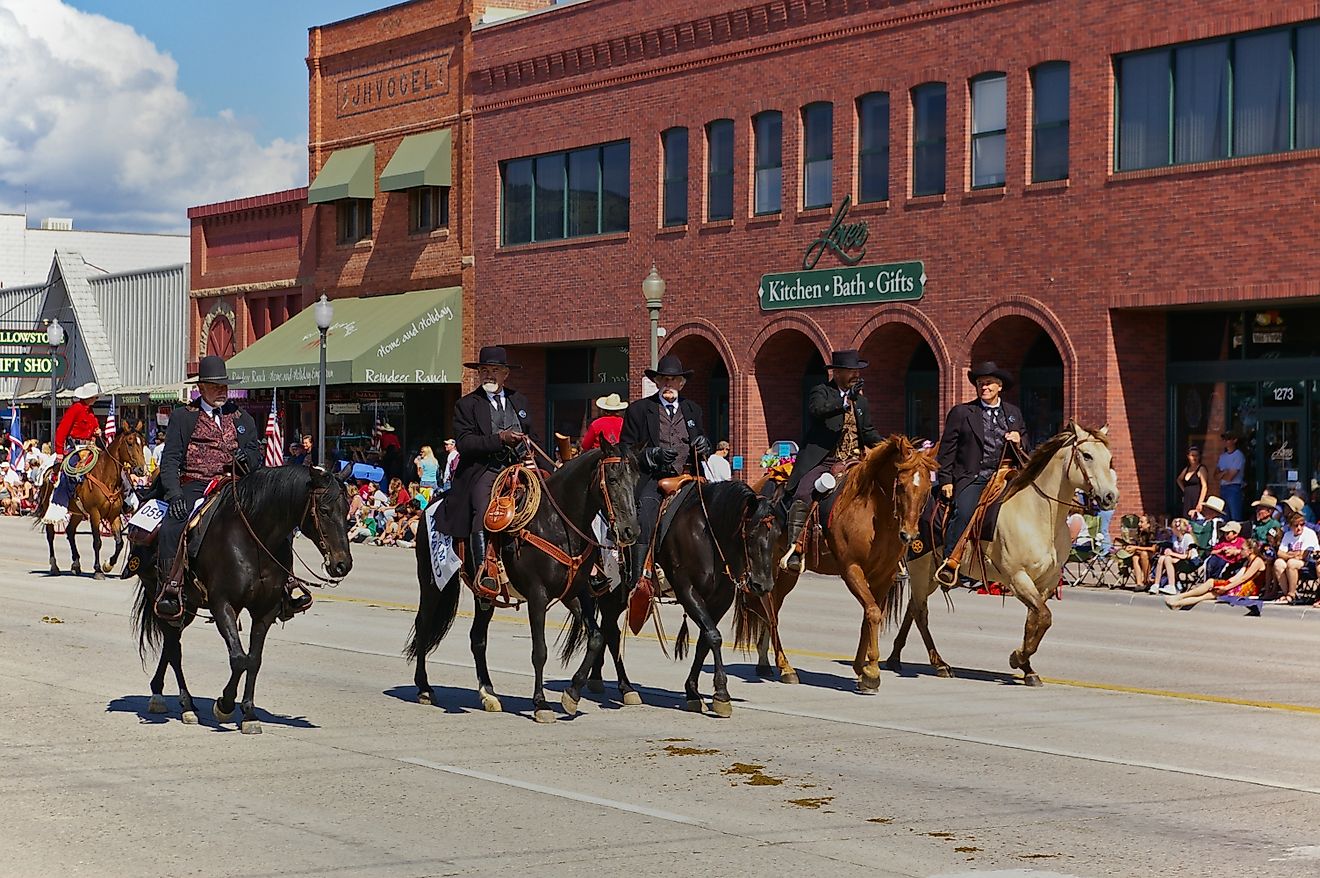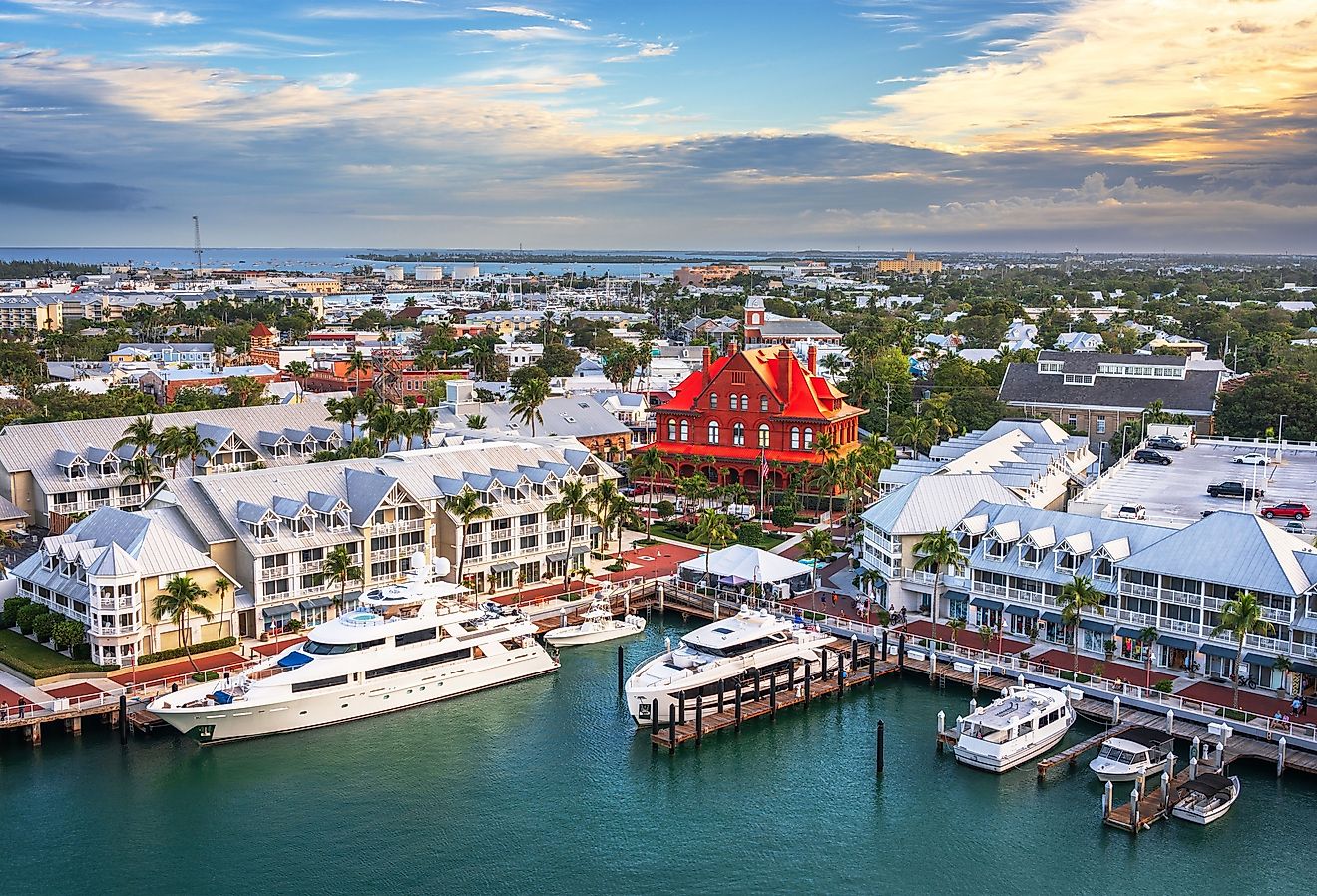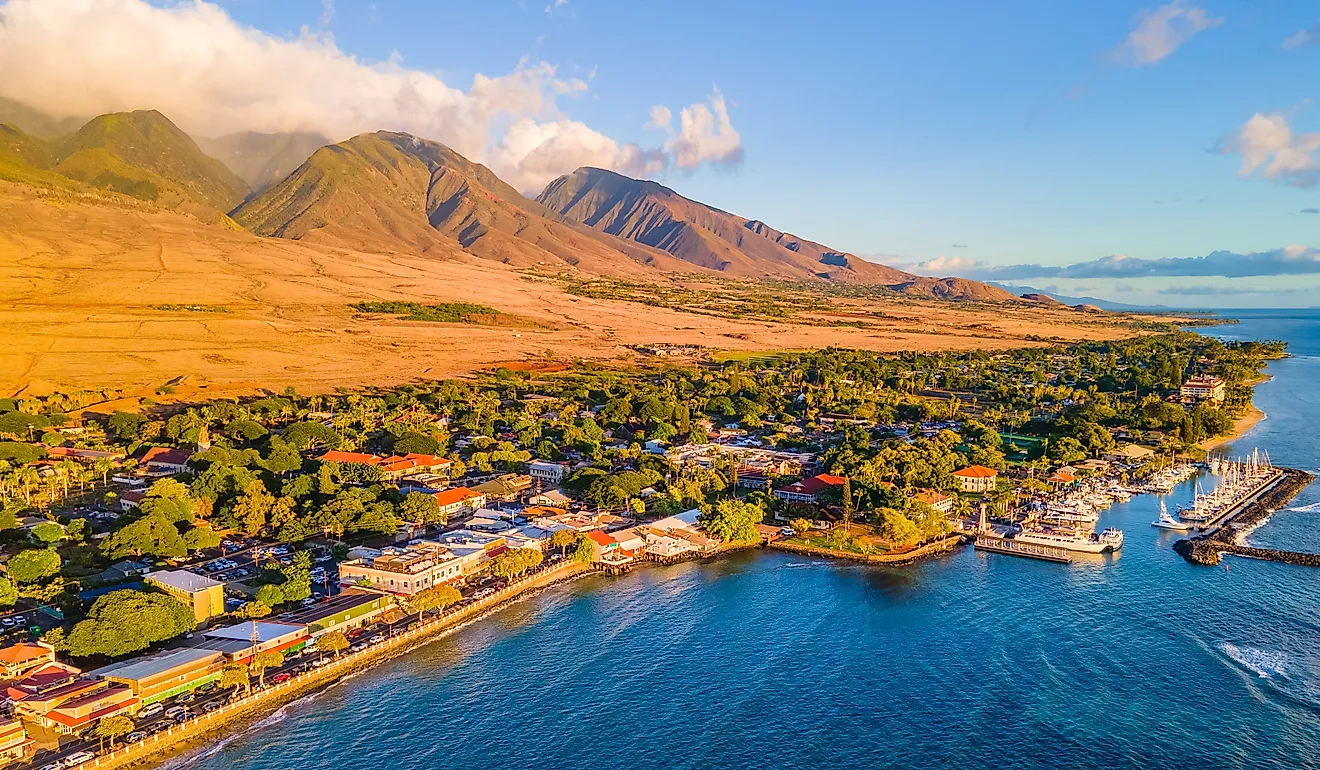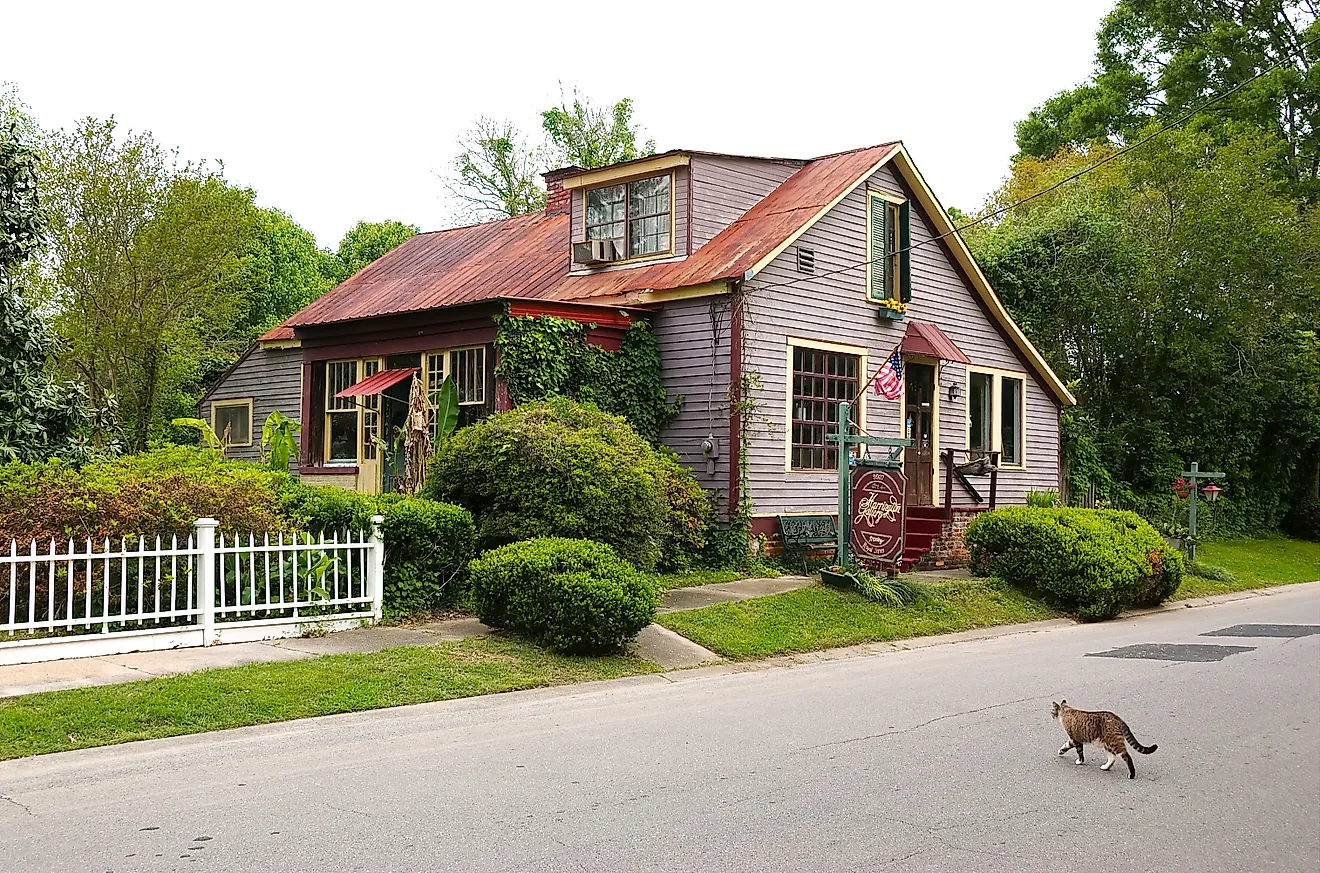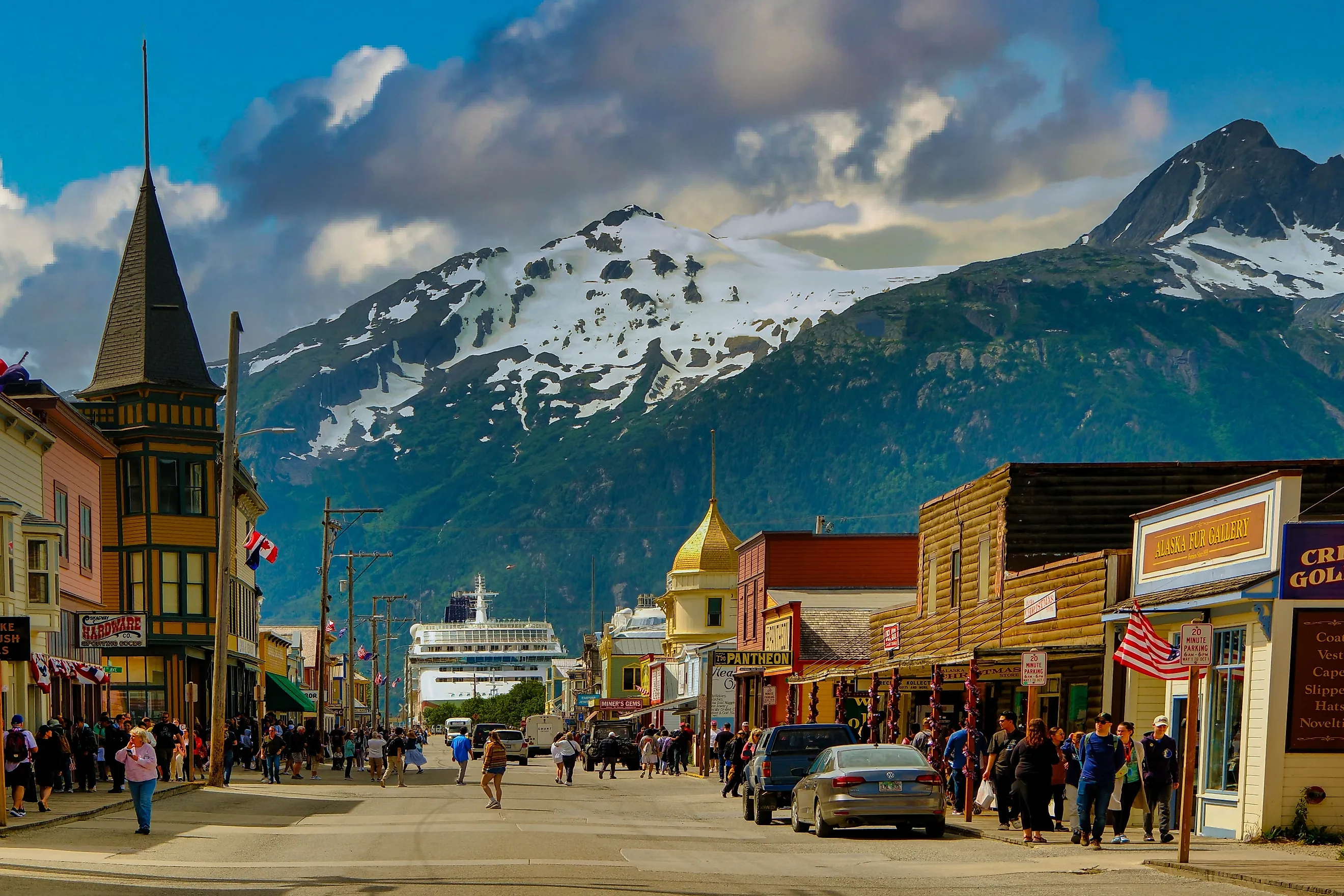
10 Stress-Free Alaska Towns For A Weekend Retreat
Alaska, the largest state in the United States, covers more than 663,000 square miles yet is home to fewer than 750,000 people. While many travelers imagine long expeditions to Denali or weeks on a cruise ship, the truth is that several Alaska towns offer weekend retreats that deliver the same immersion in culture and scenery without requiring major planning.
Towns like Sitka, once the capital of Russian America, combine centuries of history with easy access to kayaking and hiking trails. Cordova, reachable only by plane or ferry, remains one of the country’s most important wild salmon hubs while still maintaining a laid-back small-town rhythm. These towns prove that “The Last Frontier” isn’t only for rugged explorers, it’s also for travelers seeking short, restorative breaks rooted in authenticity miles from towns like Fairbanks.
Homer
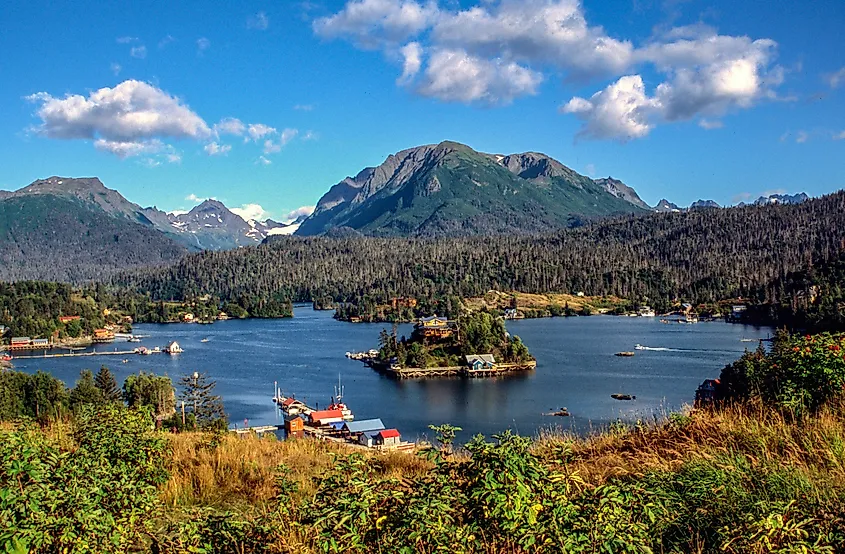
Homer sits at the southern end of the Kenai Peninsula and works well for a three-day weekend because the town mixes outdoor activity with community spots where visitors feel welcome. The Homer Spit is a 4.5-mile stretch into Kachemak Bay. It’s where many visitors spend time walking the boardwalks, eating seafood, or fishing alongside locals at the Nick Dudiak Fishing Lagoon. The Diamond Creek Trail is a four-mile round-trip route that descends from the Sterling Highway to a beach where locals often walk their dogs or watch the tides.
Community spots make Homer feel less like a tourist stop. The Homer Farmers Market runs May through September and features produce, seafood, and handmade items, often sold directly by residents. Cozy Cove Inn provides apartment-style lodging run by local hosts who share tips on trails and dining.
Talkeetna
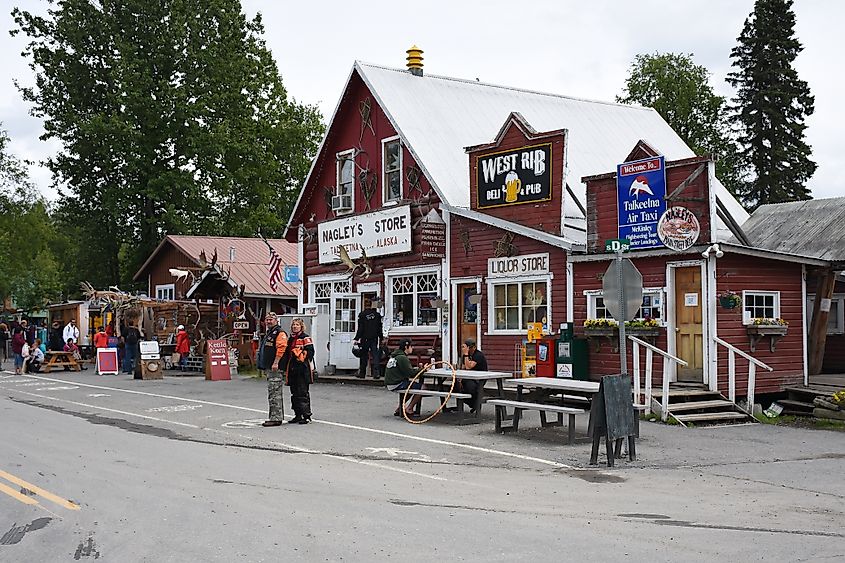
Talkeetna feels like stepping into a friend’s backyard, one where the peaks of the Alaska Range belong to everyone, and locals still wave as you pass. The outdoors bring a lot of options. Flightseeing tours from Talkeetna Air Taxi fly over glaciers, Ruth Gorge, and give you views of Denali’s faces, often with glacier landings. The panorama is one reason many stay here rather than pushing into Denali immediately.
The Talkeetna Roadhouse, from 1917, serves sourdough pancakes and hearty meals in a building that’s hosted climbers, bush pilots, and locals over many seasons. The Talkeetna Historical Society Museum, housed in an old 1936 school building, is open seasonally and offers exhibits about gold miners, Native peoples, the earliest settlers, and climbing history. Talkeetna Alaskan Lodge (on the Spur Road) shares more space, often rooms or cabins, with views of the valley and easier access for day trips and tours.
Juneau
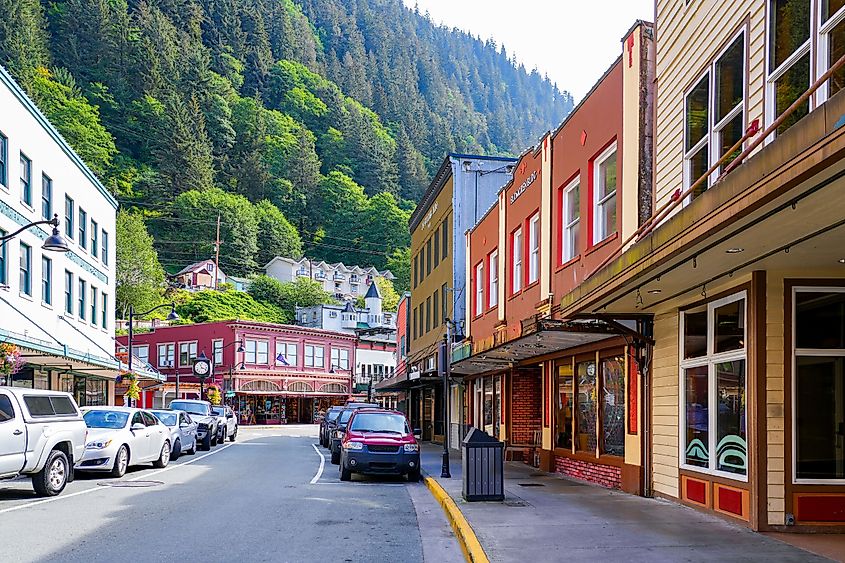
Juneau rises out of the Gastineau Channel, with steep forested hills behind downtown. A visit often begins at the Mendenhall Glacier, just 12 miles from downtown. The visitor center has exhibits about the glacier’s history and accessible trails like Nugget Falls Trail, a 2-mile round trip to a waterfall right beside the ice. A different way to see the community is to take the Goldbelt Tram, a quick ride up Mount Roberts for views of the Gastineau Channel and a network of short trails where locals often hike after work. In town, the Alaska State Museum gives a grounded look at local history with exhibits on Indigenous cultures, Russian settlement, and gold mining.
Staying overnight in Juneau is easy because lodging ranges from small inns to boutique hotels. The Silverbow Inn Hotel & Suites has a rooftop hot tub and is located steps from restaurants and shops, making it ideal for travelers seeking convenience.
Wasilla
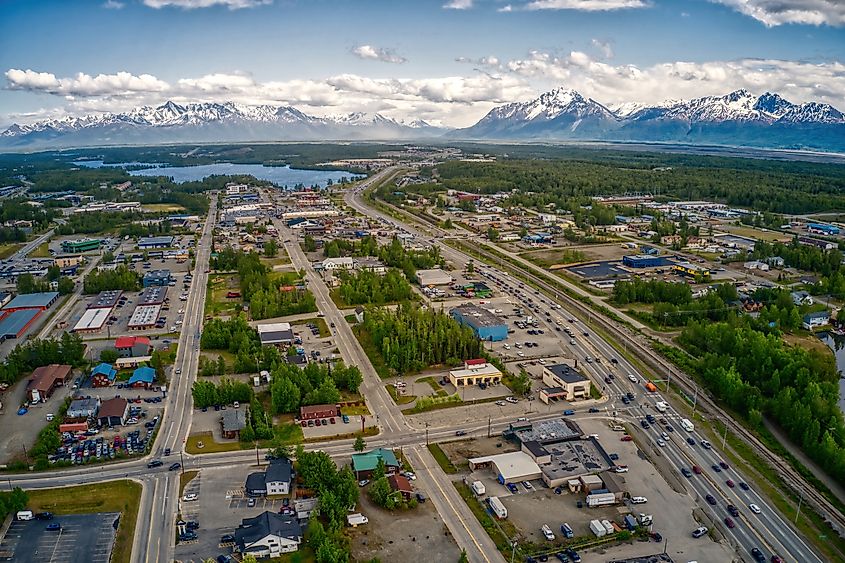
Wasilla is a surprising choice for a three-day retreat. It sits about 40 miles north of Anchorage, but feels separate enough to let you slow down. Lake Lucille sits right in the middle of town, offering a city park, boat launch, and calm water that locals use for paddling in summer and ice skating in winter, and you’ll often find families fishing here in the evenings. Additionally, Finger Lake State Recreation Area offers 69 acres of lake water for fishing, kayaking, or camping, with rental gear available from local outfitters in town.
A short drive brings you to the Knik Museum & Mushers’ Hall of Fame, in a historic building from the old Knik townsite, where sled-dog artifacts and photos connect visitors with Alaska’s mushing heritage. Finally, Lake Lucille Bed & Breakfast is a top pick because its lakeside rooms put you right on the water with paddle access and homemade breakfasts.
Valdez
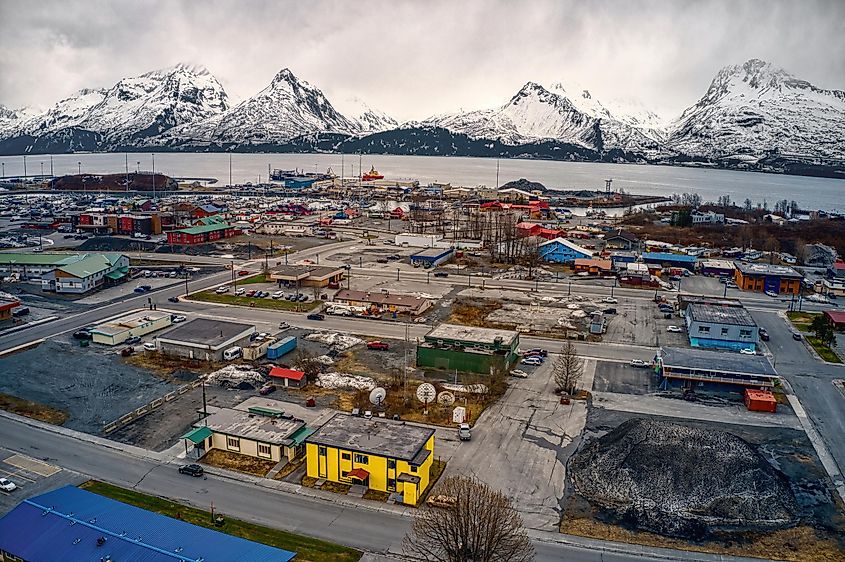
Valdez sits at the head of a deep fjord in Prince William Sound, surrounded by the Chugach Mountains and some of the most accessible glaciers in Alaska. The Valdez Museum & Visitor Center, which covers the 1964 earthquake, the Exxon Valdez oil spill, and the town’s gold-rush roots, also hosts rotating art and photography exhibits that reflect the work of local residents. Just outside of town, Valdez Glacier Lake is one of the most photographed spots because icebergs drift close to shore, and guided kayak rentals let you paddle right among them with the Chugach Mountains in the background.
Driving the Richardson Highway north takes you through Keystone Canyon, where roadside pullouts let you stand near the spray of Bridal Veil Falls and Horsetail Falls, both tumbling a combined 600 feet down sheer rock faces. The Totem Hotel & Suites promises larger rooms with kitchenettes, perfect for both couples and families.
Ketchikan
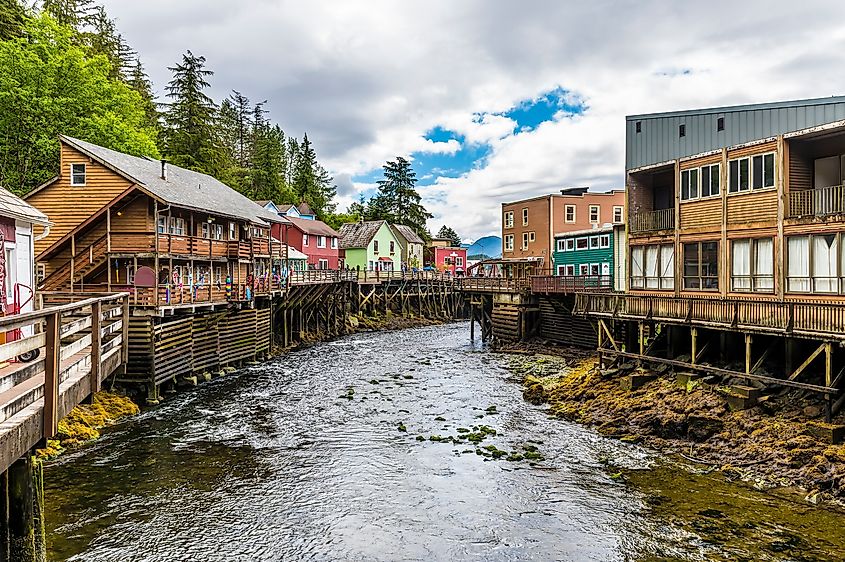
Ketchikan finds a place on Revillagigedo Island as a rain-forested gateway to Southeast Alaska. The Totem Heritage Center preserves more than 30 original 19th-century poles from abandoned Tlingit and Haida villages and includes detailed exhibits on carving traditions and clan stories. The Deer Mountain Trailhead begins less than a mile from downtown and climbs five miles with 2,600 feet of elevation gain to alpine meadows, making it a serious half-day hike with views across Tongass Narrows and nearby islands.
Another unique attraction to Ketchikan is the Great Alaskan Lumberjack Show, an hour-long performance in a covered arena near the cruise docks that mixes history with ax-throwing, log-rolling, and sawing competitions. Many of the competitors are lifelong Alaskans. The Inn at Creek Street, right in historic downtown, offers rooms perched over tidal rapids and proximity to shops, museums, tours, and restaurants every evening.
Skagway
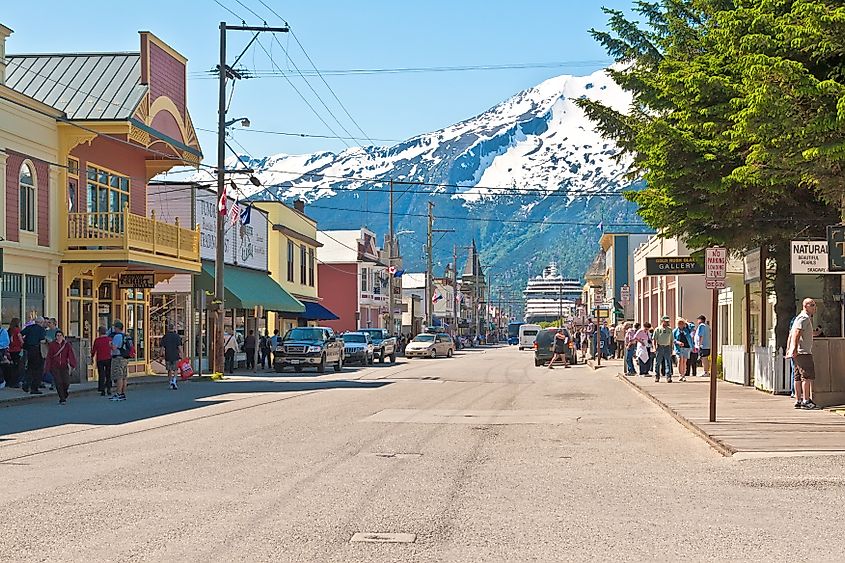
Skagway is one of the most iconic stops along the state’s cruise routes and a place where Gold Rush history collides with breathtaking natural landscapes. One of Skagway’s biggest draws is the White Pass & Yukon Route Railway. This narrow-gauge railroad winds through mountain passes, over trestle bridges, and past waterfalls, offering some of the most dramatic scenery in Alaska. The journey retraces the exact path many prospectors once struggled through on foot. The town rose to prominence during the Klondike Gold Rush of 1897-1898, serving as the gateway for thousands of stampeders traveling north in search of fortune. Today, much of that history has been preserved through the Klondike Gold Rush National Historical Park, where visitors can step into restored wooden boardwalks, explore historic buildings, and tour the Mascot Saloon or Moore House for a glimpse into frontier life.
Beyond history, Skagway’s natural surroundings make it a magnet for adventurers. The Chilkoot Trail, a 33-mile historic hiking route once used by prospectors, now attracts trekkers eager to follow in their footsteps while traversing forests, alpine meadows, and glacier-fed rivers. The Historic Skagway Inn, a former brothel turned boutique inn, charms guests with antique furnishings and hearty Alaskan breakfasts.
Cordova
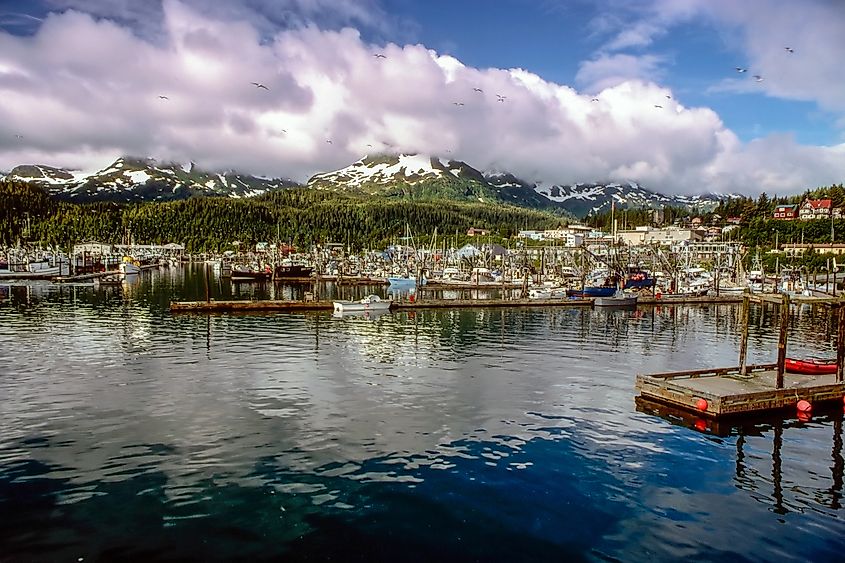
Cordova, on Prince William Sound, stays refreshingly off the main Alaska cruise routes, which is part of what makes it such a stress-free weekend retreat. Outdoor access is one of Cordova’s strengths. The Sheridan Glacier Lake Trail starts around Mile 14 of the Copper River Highway. It’s an easy ~3-mile round-trip hike (1.5 miles each way) across glacial moraine to a lake with glacier views; in winter, locals may cross the frozen lake or fat-bike when ice/snow conditions are favorable. A little further along, the Saddlebag Glacier Trail (6.2 miles round-trip) wanders through forest and over wetlands toward Saddlebag Lake, where paddleboarding or calm boating lets you approach iceberg bits from the glacier’s front.
Meanwhile, the Ilanka Cultural Center & Museum, set on the waterfront, features Native Eyak, Alutiiq, Ahtna, and Tlingit cultural exhibits and the orca skeleton from Hartney Bay, giving insight into local traditions and ecology. The Orca Adventure Lodge, in a converted cannery outside town, delivers both guided activities and a waterfront setting.
Hoonah
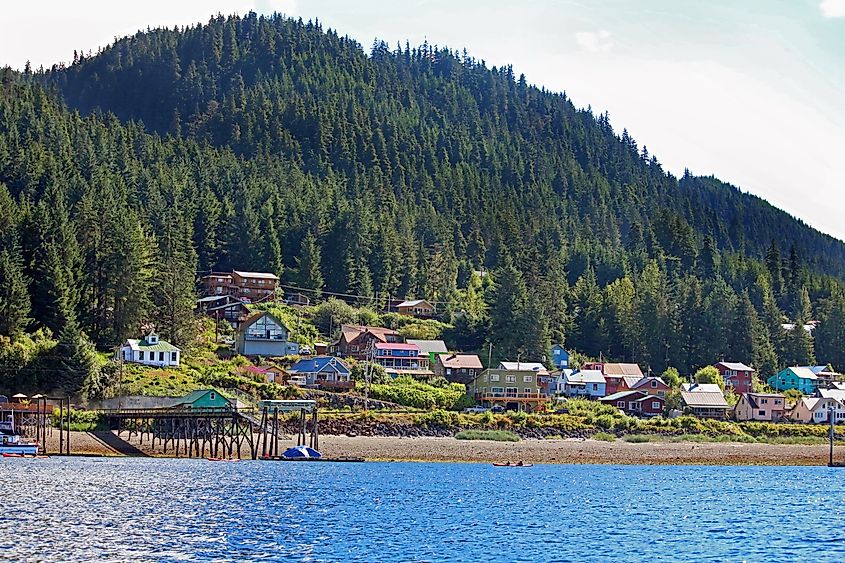
Hoonah is home to fewer than a thousand residents, yet it stands as the largest Tlingit settlement in Alaska. The Icy Strait Point complex, built around a restored salmon cannery, is locally owned by the Huna Tlingit, and it’s one of the most engaging places to spend time because you can tour the original cannery machinery, browse shops selling locally made crafts, and join storytelling sessions led by community members who explain their traditions. The Hoonah Harbor is another everyday gathering spot, where fishermen bring in their catch, and a walk along the docks often turns into a chance to talk with locals about salmon runs or whale sightings. When it comes to accommodations, Icy Strait Lodge is a practical choice with a reputation for friendly staff.
Sitka
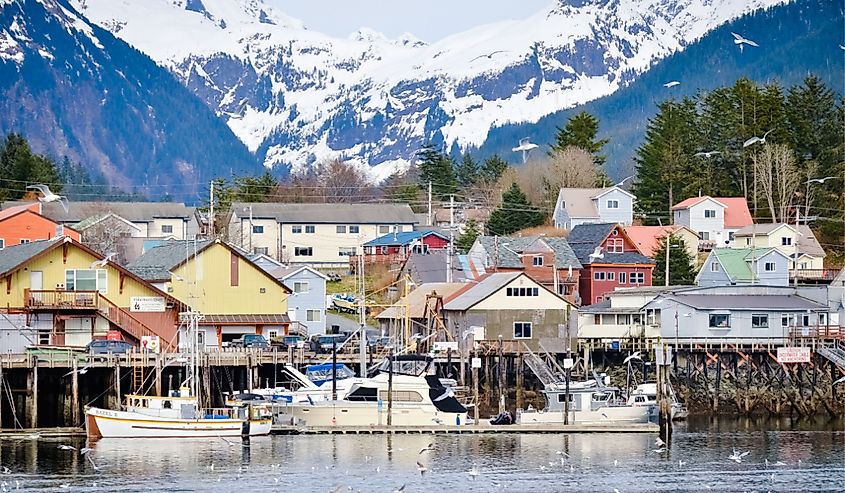
Sitka brings attractions and adventures in a way that makes it possible to fill a weekend without leaving the town limits on Baranof Island. A must-visit is the Sitka National Historical Park, Alaska’s oldest federally designated park, where a one-mile totem trail loops through spruce forest with 20 carved poles and a cultural center that hosts regular demonstrations by Tlingit artists. Wildlife encounters continue at the Alaska Raptor Center, a rehabilitation facility where injured bald eagles recover; the flight training enclosure allows visitors to see birds stretching their wings before release.
To understand Sitka’s layered history, the Sitka History Museum inside Harrigan Centennial Hall features Tlingit artifacts, Russian relics, and materials on the World War II fortifications that guarded Sitka Sound. Sitka Hotel is valued for its complimentary breakfast and location in the walkable downtown core, making it approachable for a weekend stay.
A Weekend Retreat In Alaska
Looking across these ten destinations, it’s clear that Alaska towns for a weekend retreat promise something different from many small towns in the United States. Each place balances cultural depth with direct access to nature, but what sets them apart is how approachable they feel despite being in a state known for its scale and wilderness. In Sitka, centuries of Tlingit and Russian history are within walking distance of working harbors. In Cordova and Hoonah, locally owned lodges and shops connect visitors directly to the people who fish, carve, and guide year-round. That combination of culture, friendliness, and activity variety is rare, making these ten towns reliable choices for travelers seeking stress-free weekends in Alaska without needing weeks of planning or extended travel.
